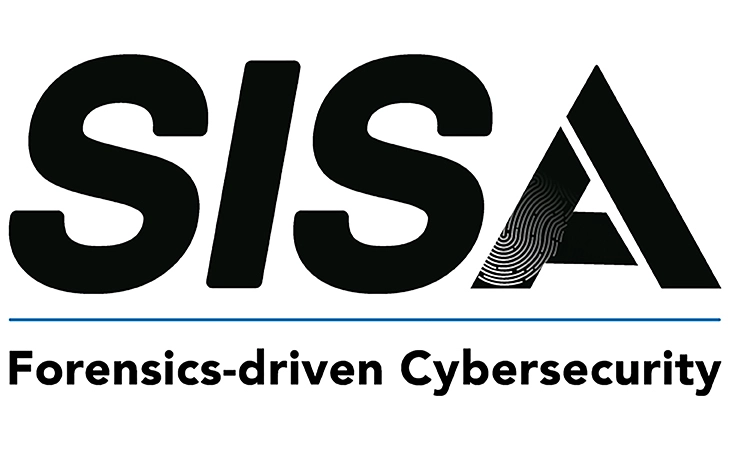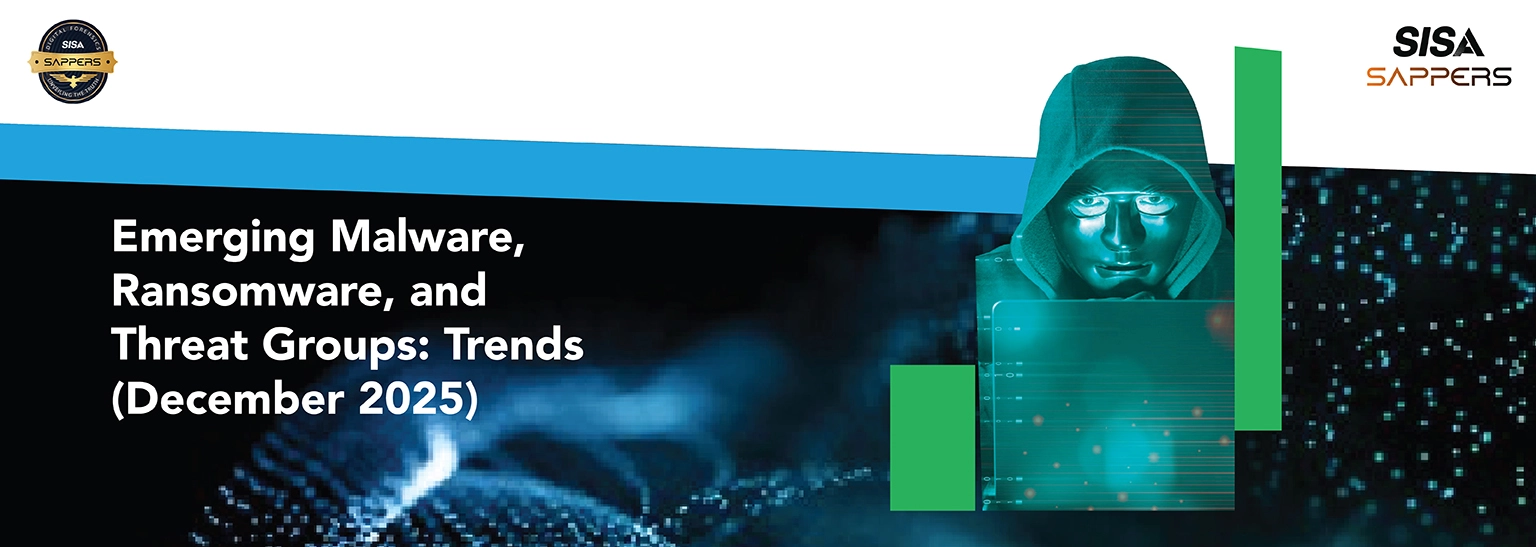
Point of View: Salesforce OAuth Breach — A Paradigm Shift in SaaS Security
Executive Summary
The Salesforce OAuth breach (Advisory ID 20000217), attributed to UNC6395, highlights a paradigm shift in cyber risk. Unlike traditional exploits, this incident abused legitimate OAuth tokens from the Salesloft Drift integration, impacting over 700 enterprises, including global leaders such as Google, Palo Alto Networks, and Zscaler.
SISA’s Point of View: The breach demonstrates that SaaS supply chain integrations now represent one of the most critical attack surfaces. Organizations must treat OAuth governance, vendor risk assurance, and cross-SaaS monitoring as board-level priorities.
Context and Background
- Attack Vector: Exploitation of valid OAuth tokens, bypassing MFA.
- Scope: Multi-cloud compromise spanning Salesforce, Google Workspace, AWS, and Snowflake.
- Impact: Mass credential theft, CRM and sales data exposure, operational disruption.
- Industry Response: Salesloft forced to shut down Drift, Salesforce enforced stricter app controls.
This incident is not an isolated event. It is part of an emerging pattern of integration-level supply chain attacks exploiting the trust model of SaaS ecosystems.
SISA Point of View
SISA believes this breach represents a systemic SaaS security failure. The security perimeter has shifted from the enterprise to the ecosystem of integrations.
– OAuth tokens are now equivalent to credentials and require the same controls as secrets.
– Over-privileged third-party applications amplify risk and broaden the blast radius.
– Visibility gaps in OAuth telemetry and SaaS audit trails make detection and response challenging.
Organizations must adopt a defence-in-depth strategy for SaaS integrations that combines governance, monitoring, and proactive threat hunting.
Supporting Observations
- Identity as the New Attack Surface – Valid OAuth tokens bypassed MFA and traditional access controls.
- Supply Chain Cascades – A single integration compromise rippled across Salesforce, Google, and AWS.
- Operational Fragility – Drift’s shutdown shows how vendor security directly disrupts business operations.
- Data Exposure at Scale – Customer records, credentials, and business intelligence were systematically exfiltrated.
- Anti-Forensics Techniques – Threat actors deleted query jobs to evade detection, reducing forensic visibility.
- Emerging Ecosystem Risk – Attackers may extend these methods to Slack, Teams, or Zoom integrations in the future.
Risks of Inaction
- Regulatory Impact: GDPR/CCPA violations and mandatory breach notifications.
- Operational Disruption: Vendor outages due to forced shutdowns impact customer-facing services.
- Strategic Blind Spots: Lack of visibility into token misuse and app-level access creates long-term risk.
- Credential Cascade: Exposed OAuth tokens can pivot into AWS, GWS, and Snowflake environments.
SISA Recommendations
Immediate
Audit & revoke suspicious OAuth tokens across Salesforce, GWS, and AWS.
Enable Salesforce Event Monitoring and anomaly alerts for Unique Query and Login History events.
Block Drift OAuth integrations and revoke all long-lived tokens.
Medium-Term
Enforce least privilege for connected apps and limit OAuth scopes.
Implement cross-SaaS correlation of logs (Salesforce, Google, AWS).
Mandate periodic credential and secret rotation.
Establish playbooks for detecting OAuth abuse and API anomalies.
Strategic
Establish continuous SaaS vendor risk management programs with security attestations.
Adopt a Supply Chain Security Program with app vetting, monitoring, and incident drills.
Elevate SaaS integration risks to enterprise risk governance and board reporting.
Align with frameworks like CSA CCM and NIST 800-53 for SaaS integration controls.
Way Forward
This breach demonstrates a paradigm shift: the weakest SaaS integration can compromise the strongest enterprise. SISA’s Position: Organizations must move beyond platform-centric defences and embrace integration-centric security.
SISA recommends enterprises:
Build connected app governance frameworks.
Align detection playbooks with OAuth and API abuse patterns.
Treat OAuth token lifecycle management as a Tier-1 security control.
Redefine SaaS risk ownership at the board and CISO level.
In an interconnected ecosystem, security is only as strong as the weakest integration. The Salesforce incident must be treated as a wake-up call for the industry to overhaul SaaS risk governance and incident preparedness.
Additional Insights
- Token Lifecycles Are the New Perimeter: Analysts must treat OAuth tokens with the same sensitivity as passwords or private keys. Long-lived tokens present sustained exposure risks if compromised. Automated token rotation and short expiry windows should be enforced where possible.
- SaaS Ecosystem Mapping is Critical: Many organizations lack an inventory of all third-party applications connected to Salesforce and other SaaS platforms. Analysts should build and maintain a living map of these integrations to identify hidden dependencies and potential weak points.
- Identity Telemetry Gaps: OAuth activity often bypasses centralized identity providers (IdPs) like Okta or Azure AD, reducing visibility. Direct log collection from SaaS platforms (Salesforce Event Monitoring, Google Workspace Audit Logs, AWS CloudTrail) is necessary.
- Supply Chain Trust Assumptions: This breach proves that vendor reputation is not a substitute for continuous validation. Analysts should push for independent security attestations (SOC 2, ISO 27001, penetration test reports) from SaaS vendors and actively monitor for emerging incidents involving them.
- Threat Hunting Playbooks Must Evolve: Traditional IOC-based hunting (IP, hash) is insufficient. Analysts must design hunts around behaviour: unusual SOQL queries, large-scale record enumerations, sudden API call bursts, or access from anonymized networks (Tor/VPN).
- Cross-Team Coordination Required: Security analysts cannot solve this in isolation. Collaboration with application owners, vendor management, legal/compliance, and incident response teams is essential to implement durable defences.
- Strategic Forecast: UNC6395’s tactics suggest that OAuth abuse campaigns will grow in frequency. Future variants may exploit Slack, Zoom, or Microsoft Teams integrations to expand lateral access. Analysts must proactively prepare for this cross-SaaS pivoting.
Latest
Blogs
Whitepapers
Monthly Threat Brief
Customer Success Stories
 USA
USA India
India APAC
APAC Middle East
Middle East Global
Global






 Facebook
Facebook Linkedin
Linkedin  X
X Youtube
Youtube








